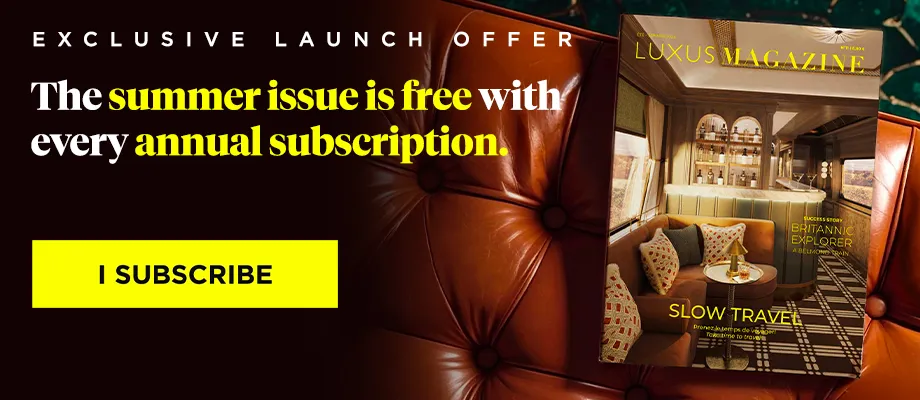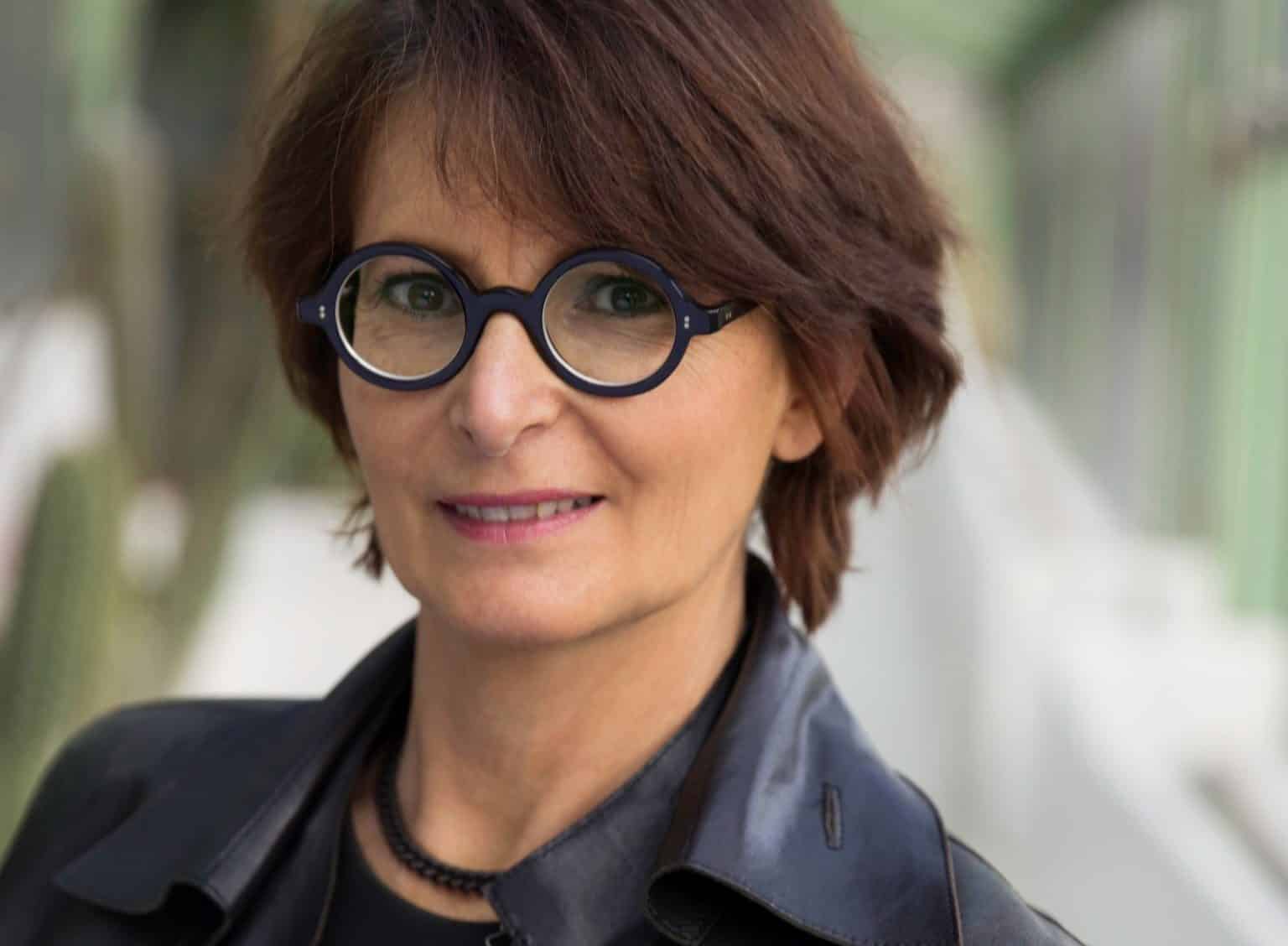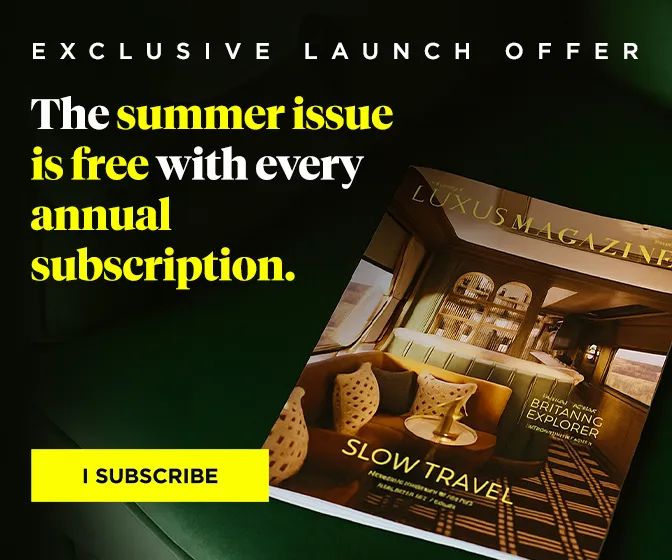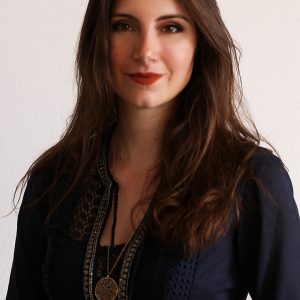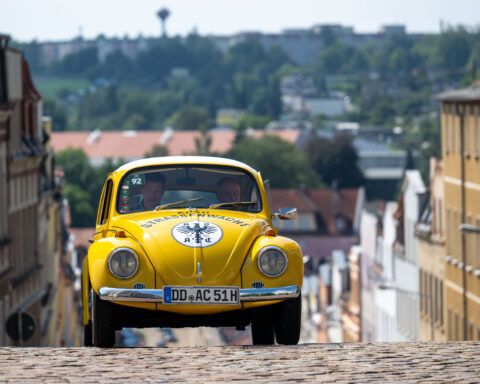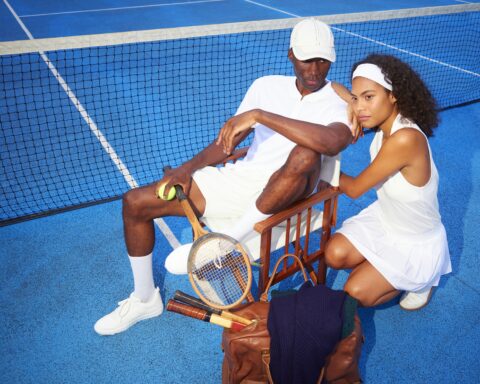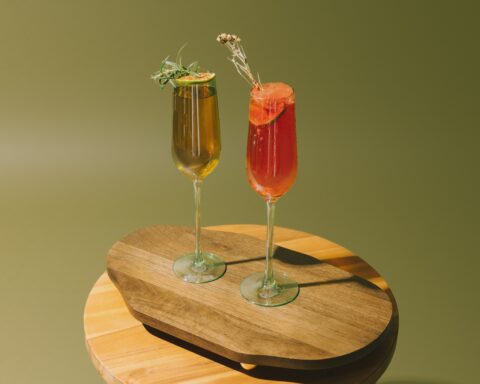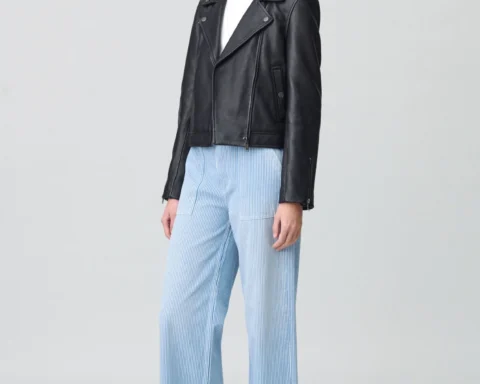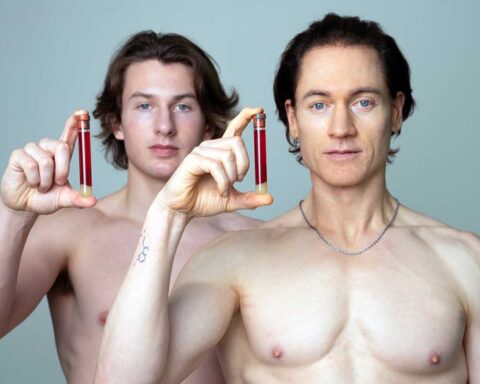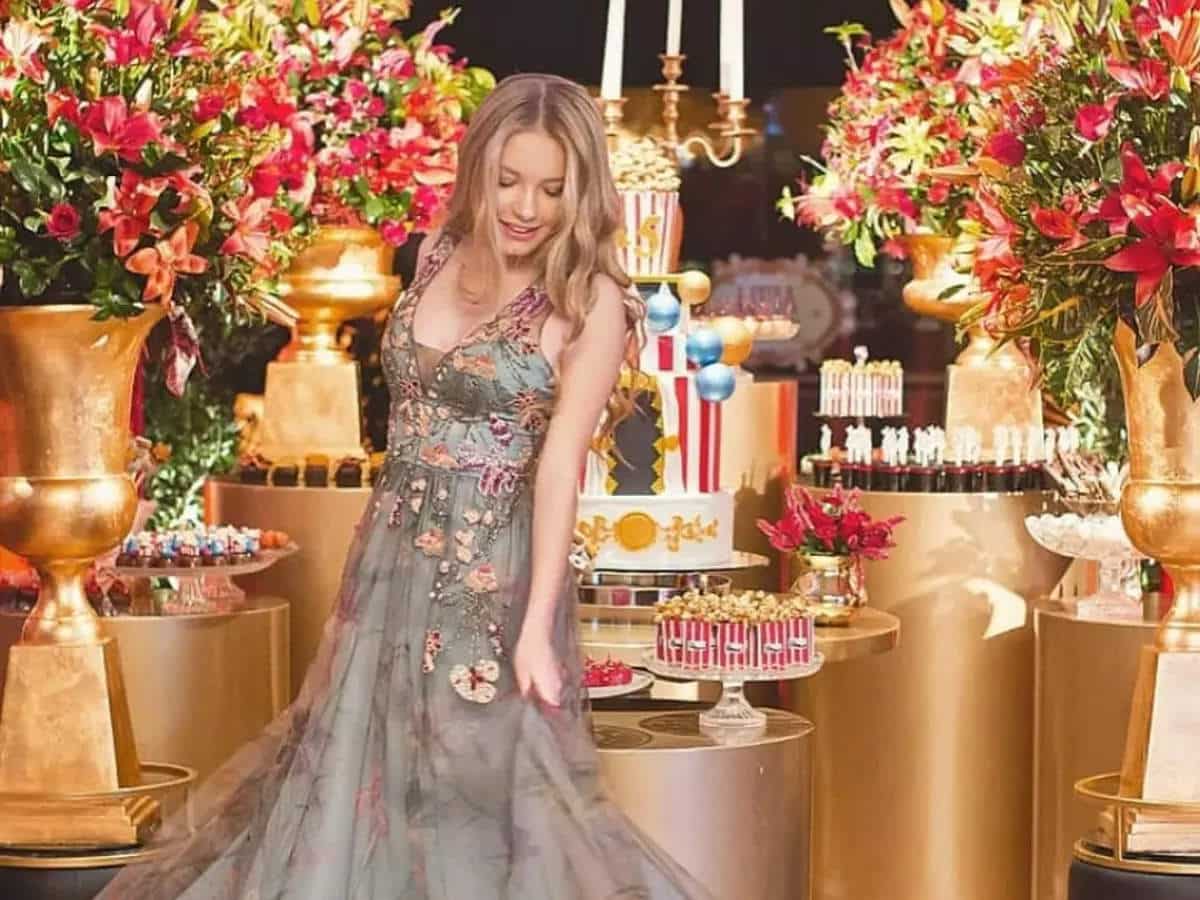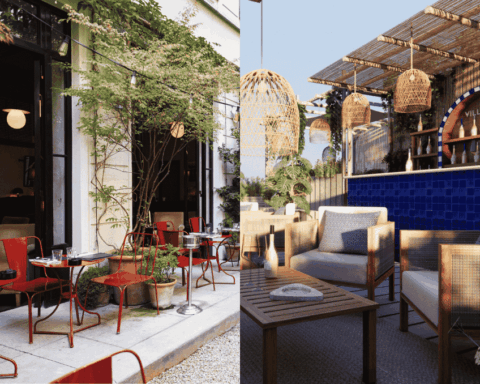A lifelong draughtswoman, Florence Gendre is a talented artist who combines a meticulous technicality, a remarkable elegance and a universe rich in styles and inspirations. From pencil to watercolor, ink to pen or brush, she creates for architecture, fashion, jewelry, watchmaking, mechanics and even virology. A member of the French Society of Botanical Illustration and the Art of the Engraved Stamp, her creations for the French Post Office, the Museum of Natural History, and major companies such as Chanel, Cartier, and Piaget reveal a unique aesthetic and astounding precision. For Luxus Plus, Florence Gendre reveals her career path and her inspirations.
How did you become a designer?
I was born into a family of artists. My great-grandmother, a great traveler, was already drawing. My great-grandfather made toys with which I had fun all my youth, my grandmother studied fine arts, my mother was a bookbinder… And since childhood, I draw. I was born with a pencil in my hand. Very early my parents made me take painting and modeling classes.
After my baccalaureate, I studied for a year at the Penninghen school, then I passed the competitive examination for the Arts Déco. After 4 years of studies, at 24, I started as a freelance illustrator. I knocked on all the doors of advertising agencies, publishing houses and the press… very quickly I started to make drawings for advertising.
Why did you choose drawing and especially botanical drawing which represents a large part of your style?
The beginning of my love for drawings corresponded at first to a real passion for insects. I would have loved to be an entomologist and travel around the world to discover and draw them. My grandmother was also very formative, she took me to the fine arts museums of Lyon and taught me how to look at a painting.
We often went to the Parc de la Tête d’Or to collect snails in the ponds for her aquarium. Little anecdotes that built me up! My love for plants began with the observation of botanical plates of which I adored the compositions, the technique and the way of dissecting a subject. These representations have been a common thread throughout my career.
How would you define your signature? What represents you?
Technique is an inherent part of my aesthetic. I add little arrows to my creations, I put writing and many elements in the spirit of researchers’ sketches. I have always been very inspired by the drawings of Leonardo da Vinci’s inventions. When I was 18 I discovered the painter Vladimir Vladicovic, a real revelation, I fell in love with his work. He integrated writings, arrows, movement in his paintings… something mechanical that undeniably attracted me.
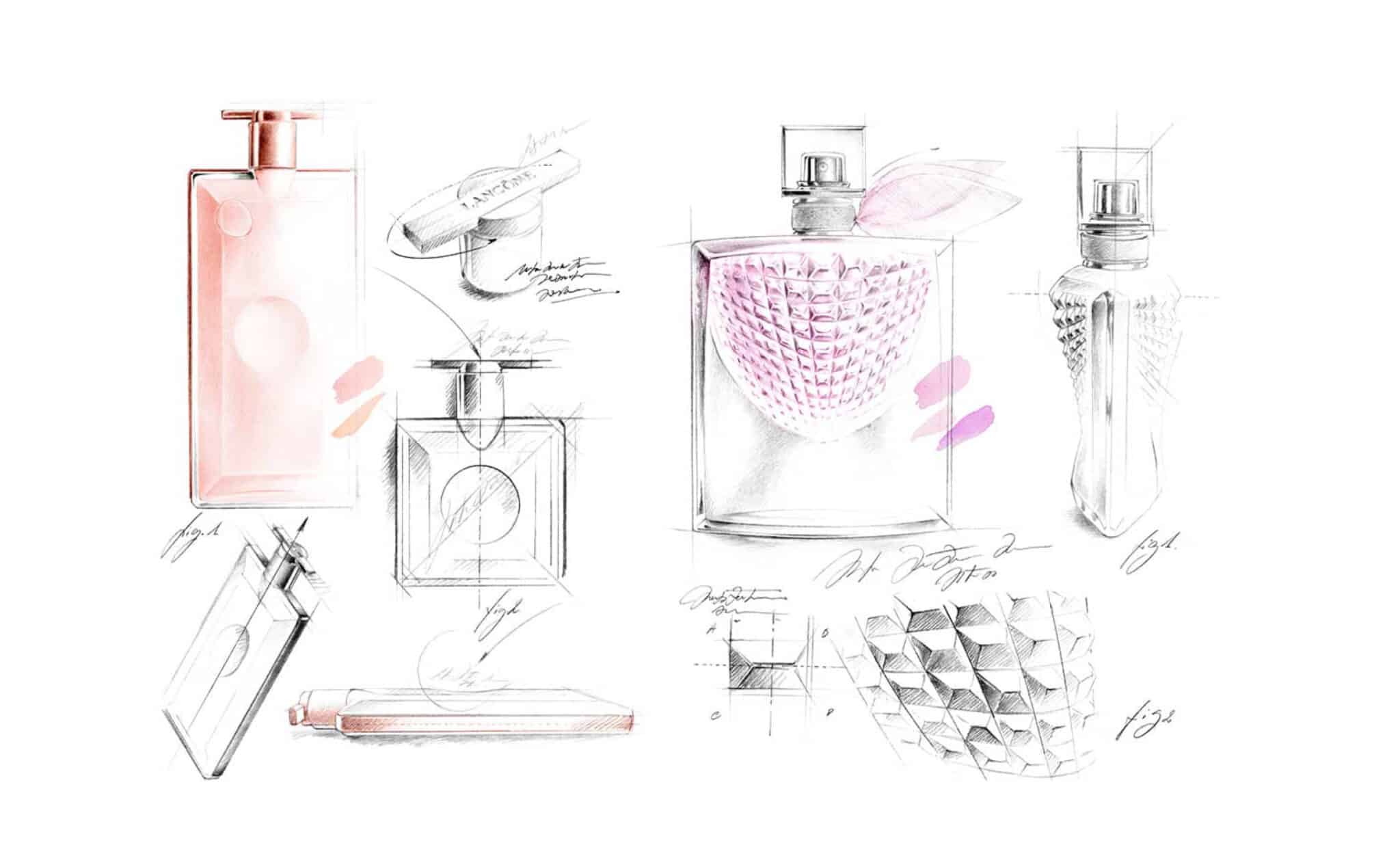
When I started advertising illustration, I built my style by gathering all these codes and very quickly I had many orders. This alliance of technical drawing and research corresponds to many advertisers. Moreover, I worked with the development department of PSA to create posters representing the innovations of car engines. France Telecom, long before cell phones, had commissioned me to draw characters walking in the street with phones. At the time, it seemed crazy to me.
I also drew a lot of futuristic illustrations: screens that we roll up, holograms coming out of our phones or incredibly innovative architectures… Over time my way of illustrating has become unique and I have differentiated myself from the competition. I like everything that touches the engine, the technique or the cogs like the interiors of watches… a certain link with my family, my father restored automatons, this love of the workshop and the mechanics is anchored in me.
In technical terms, what do you use to draw?
I have evolved with clients, requests and trends. Some people want more or less detail, more blur, more elements… it has fed my style. When I started, I worked with acrylics by superimposing many translucent layers for the backgrounds and came back to watercolors, pastels, colored pencils…. I mixed all the techniques.
My agent at the time liked my pencil sketches on tracing paper and pushed me to use them. Since then, I have developed this line which corresponds to me. I also took botanical watercolor classes with Agathe Haevermans, professor at the Museum of Natural History in Paris. At her side, I rediscovered the love of observational drawing and she taught me new techniques.
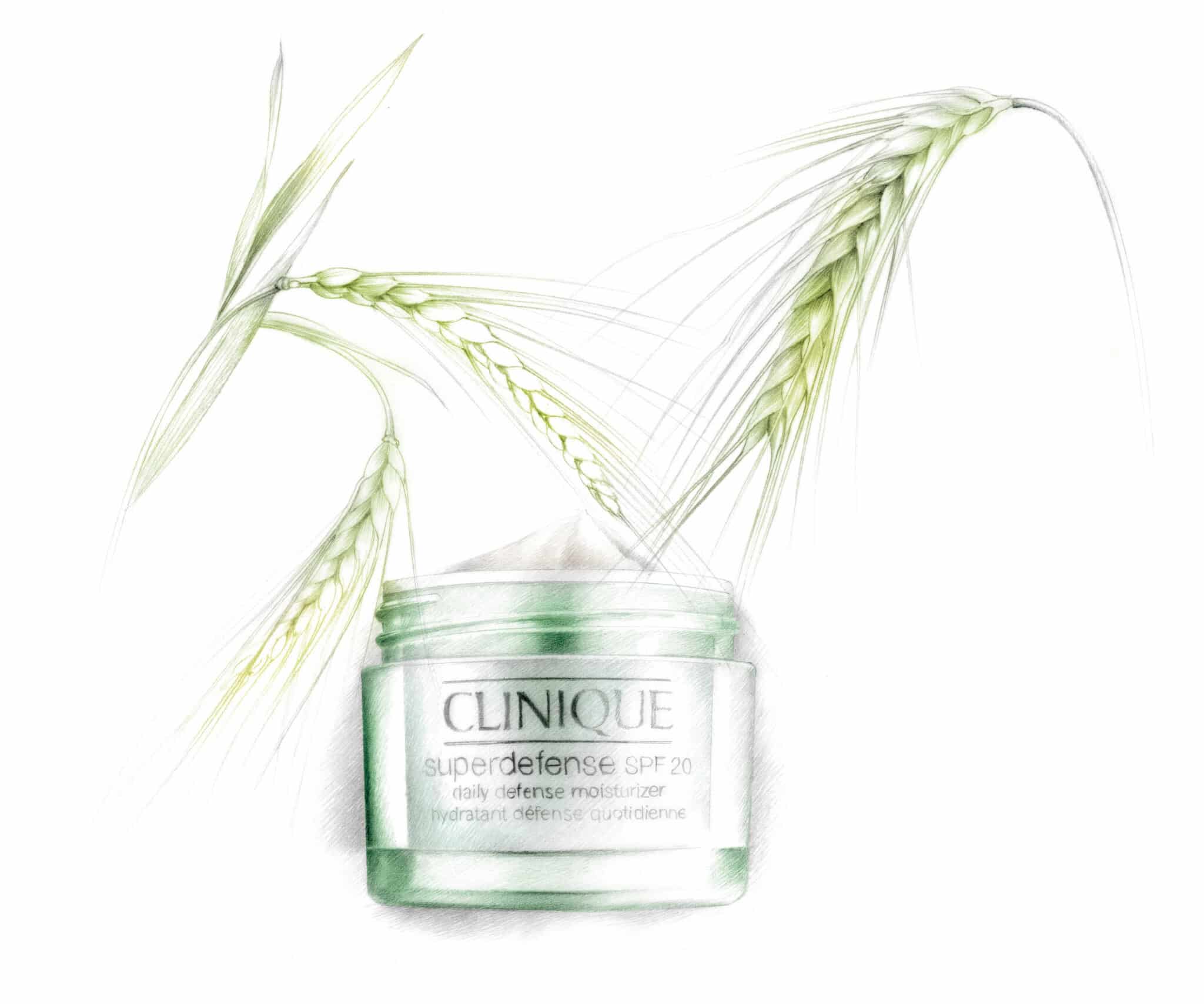
However, for commissions I don’t often use watercolor. It is a very long technique and clients don’t always have the time or the budget. It is more adapted to packaging. For example, I have created many small botanical elements for a brand of spirits or for cosmetics. But most of the time, I work with graphite pencil and color digitally.
Can you tell us about some projects that have made an impact on you?
One of my most amazing projects was a commission for the royalty of Morocco. I made a jewelry collection for the king’s sister. Invited to her home, she presented me with all of her jewelry for inspiration. It was an incredible moment.
The second project that is close to my heart is my collaboration with the post office to design stamps. To me, they represent an institution, just like banknotes and coins. I am very honored to work with a company that represents France and I had the privilege to visit the printing plant and to realize the complexity of the printing techniques of philatelic products. When you make a stamp, you have to be incredibly accurate. The subjects represented are extremely varied. I have worked on portraits, architecture, plants, technology, crafts… thanks to Philaposte, I have been able to explore many places, workshops, museums or meet professionals related to the subjects chosen for the creation of the stamps. It is always extremely rewarding.
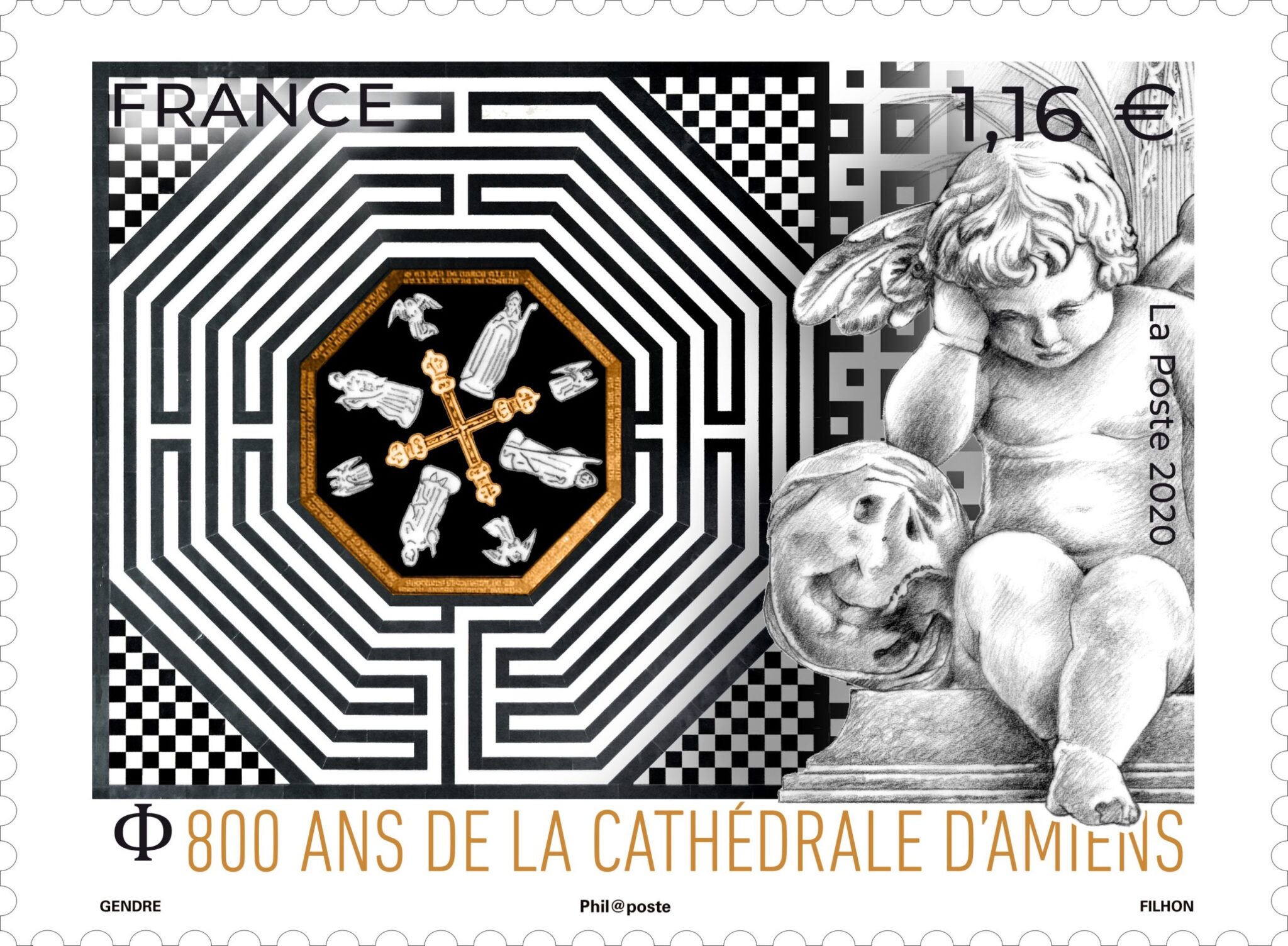
A final wonderful experience was a trip to Brazil, to the Amazon. With a small group of illustrators from around the world, we sailed along the Rio Negro River on a fully restored wooden boat. In the morning, we left on a small boat, accompanied by an Amerindian expert of the local fauna and flora. We glided along the water among the trees and plants that take root in the river and collected extraordinary plants. In the afternoon, back on board, we took lessons and drew what we had seen and brought back. This immersion in the heart of the Amazonian forest remains one of my most beautiful memories: exotic, enriching and totally exceptional.
What makes a good illustrator?
I think that a good illustrator must first of all have an assertive style of his own. But he must also be flexible to respond to a request and accept corrections from clients. Working alone, you have to be complete: know how to sell yourself, promote yourself, develop and evolve your work so that it adapts to current expectations. In advertising, you have to be very reactive, available and fast to meet often short deadlines. Nowadays, knowing how to handle social networks, having a nice ergonomic website and above all a very well referenced one, are essential elements to reach customers and hope to get orders!
Read also > MEETING WITH AN ARTIST (EPISODE 4) : LUCIE MONIN, POETRY AT HER FINGERTIPS
Featured photo : © Carl Labrosse

